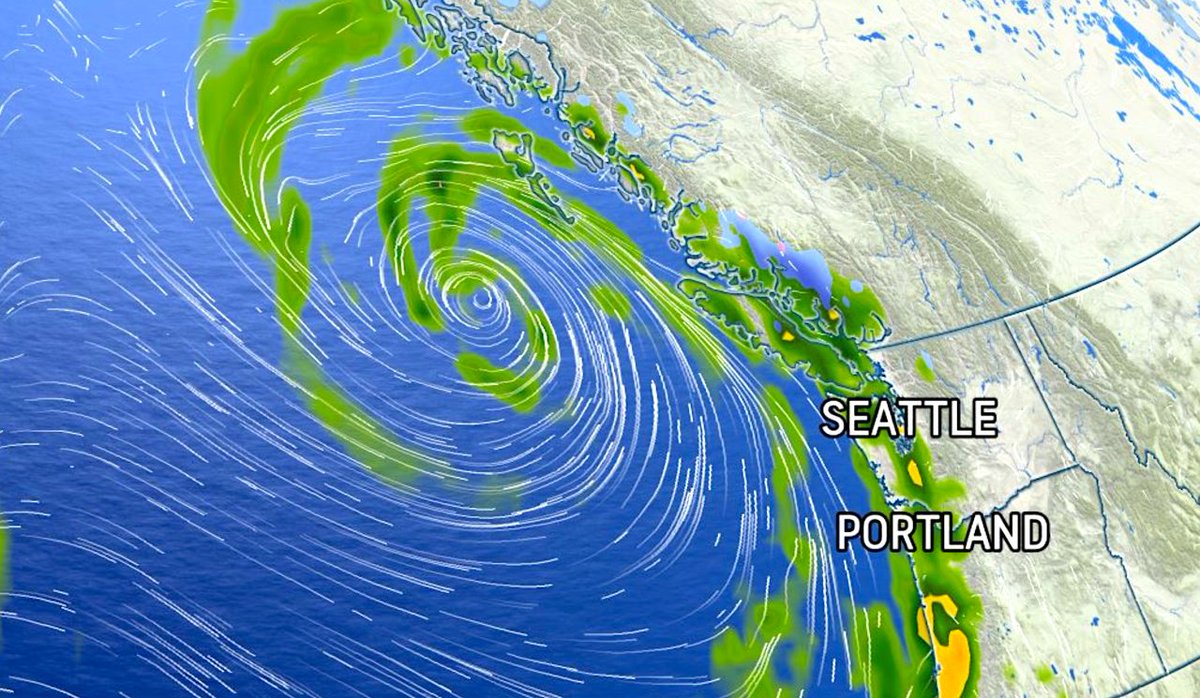
A diver exploring the floor of the Mediterranean Sea last weekend discovered an object that allows one’s imagination to travel back to a time of knights, armor and swords. bit.ly/30WgQsP
On Saturday, Oct. 16, an ordinary dive turned extraordinary for one Israeli scuba diver when he discovered a sword that experts believe has a lifespan that spans centuries. 

Diver Shlomi Katzin was exploring a portion of the Mediterranean Sea just off Israel's Carmel beach. While on this expedition, Katzin came across a treasure trove of artifacts tucked into the seabed. 

Katzin discovered stone and metal anchors and unearthed pottery fragments, but potentially the most stunning among the newfound treasures was a large, sea-life-encrusted sword. bit.ly/30WgQsP 

Experts with the Israel Antiquities Authority determined the weapon was about 900 years old, which would date back to the time of the Crusades. bit.ly/30WgQsP 

• • •
Missing some Tweet in this thread? You can try to
force a refresh














